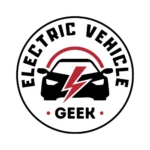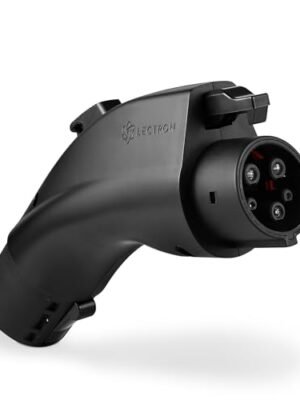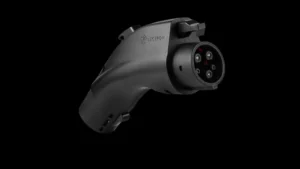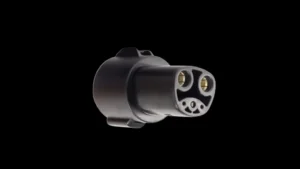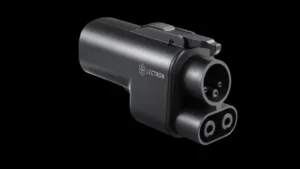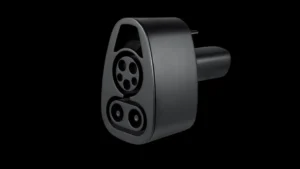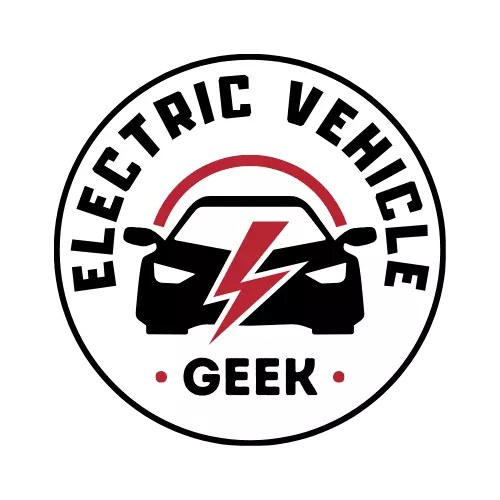Supported by you via insider access, and when you purchase through links on our site, we may earn an affiliate commission. See our Affiliate Disclosure.
Best NACS to CCS Adapters
Shop expert-reviewed NACS to CCS adapters for accessing NACS-style Tesla Superchargers using EVs with a CCS (Combined Charging System) charge port. Compatible with vehicles that use the CCS Combo 1 (CCS1) standard and are designed to charge on Tesla’s NACS network with adapter support.
Shop the Best NACS to CCS Adapter – Expert Reviewed Collection
Explore our top-rated NACS to CCS adapters, handpicked for safe, high-speed DC fast charging at Tesla Superchargers. These adapters are ideal for EV drivers with CCS-equipped vehicles, such as Ford, Rivian, GM, Hyundai, BMW, and more, who want access to Tesla’s rapidly expanding charging network.
All adapters in our collection are tested for build quality, DC charging safety, thermal management, and protocol compatibility to ensure smooth charging across Tesla’s NACS infrastructure.
What Is a NACS to CCS Adapter?
A NACS to CCS adapter allows electric vehicles with a CCS (Combined Charging System) port to charge using NACS (North American Charging Standard) DC fast chargers, most notably Tesla Superchargers. This adapter expands charging access by enabling CCS-equipped EVs to tap into Tesla’s extensive, high-speed Supercharger network, known for its reliability and nationwide availability.
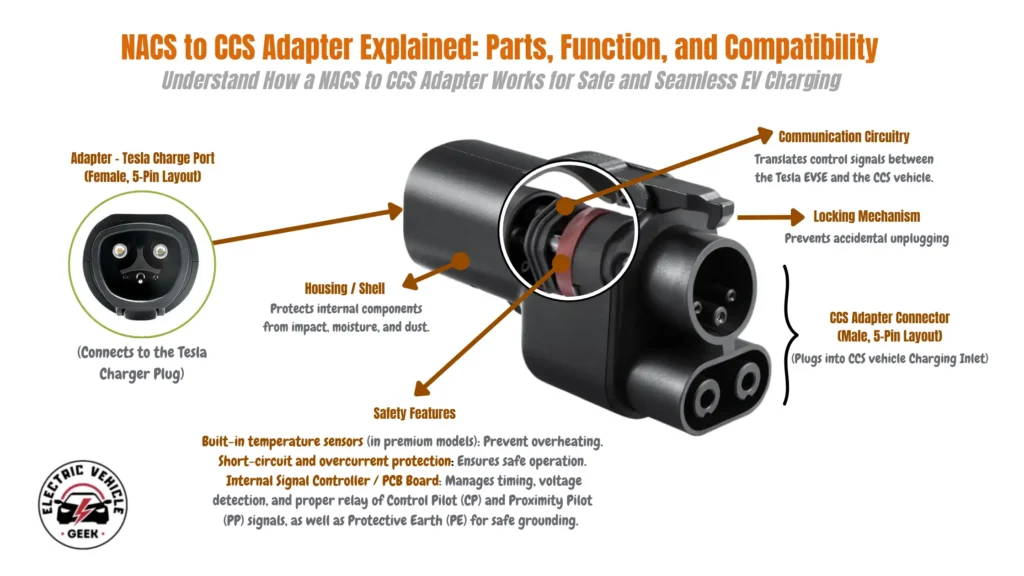
NACS to CCS Adapters typically deliver charging speeds ranging from 50 kW to 350 kW. Even at the common 50 kW level, a NACS to CCS adapter can provide about 75 miles of range in 30 minutes based on a 60 kWh battery, making it a practical tool for road trips and daily fast charging.
CCS, or Combined Charging System, is a global EV charging standard used by major automakers including BMW, Ford, General Motors, Hyundai, Kia, Volkswagen Group, Nissan, Polestar, Rivian, and others. It’s called “combined” because it builds on the slower Type 2 connector by integrating two DC power pins for high-voltage fast charging. This design supports both AC and DC charging through a single plug, offering flexibility across different charging environments.
How the NACS to CCS Adapter Works
The adapter plugs directly between a NACS charging cable and your vehicle’s CCS port. It redirects the high-power DC output from the Tesla Supercharger into a form that CCS-native EVs can recognize and use.
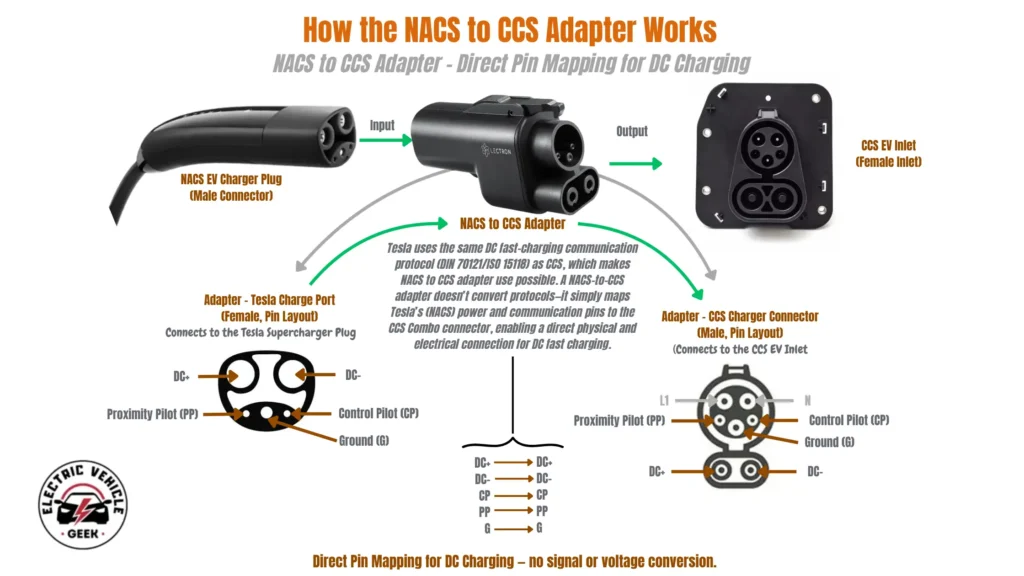
Note: Not all CCS-equipped EVs support NACS charging via an adapter. Always check your vehicle’s NACS adapter compatibility in system settings or with the manufacturer.
Common Issues with NACS to CCS Adapters
Although NACS to CCS adapters offer powerful DC fast charging access, using the wrong adapter or improper use can lead to serious performance or safety issues.
Handshake failures may prevent charging if the adapter firmware or EV software is outdated or incompatible.
Overheating and power throttling can occur in low-quality adapters that aren’t rated for high amperage. This can result in reduced charging speeds or thermal shutdowns.
Mechanical wear and contact damage become risks with frequent plugging and unplugging. Low-grade materials degrade faster and may result in loose connections or charging errors.
Incompatibility remains a key concern, some CCS-equipped EVs may not support NACS via an adapter without specific software updates or hardware retrofits.
Locking mechanism failures may lead to mid-session disconnects or stuck adapters due to imprecise or weak mechanical latching systems.
For these reasons, it’s essential to choose a high-quality, tested NACS to CCS adapter designed for repeated high-power use.
Should You Use a NACS to CCS Adapter?
Yes! If you want the flexibility to charge your CCS-equipped EV at Tesla Superchargers using NACS connectors, a NACS to CCS adapter is a smart investment.
With the growing adoption of the NACS standard across major EV brands (Tesla, Ford, GM, Rivian, Volvo, and more), having access to both NACS and CCS networks helps reduce range anxiety and increases your charging options, especially in areas with limited CCS coverage or long road trip routes.
Looking for a comprehensive guide to EV charger adapters? These are the four must-know adapters used across the U.S. and Canada.
